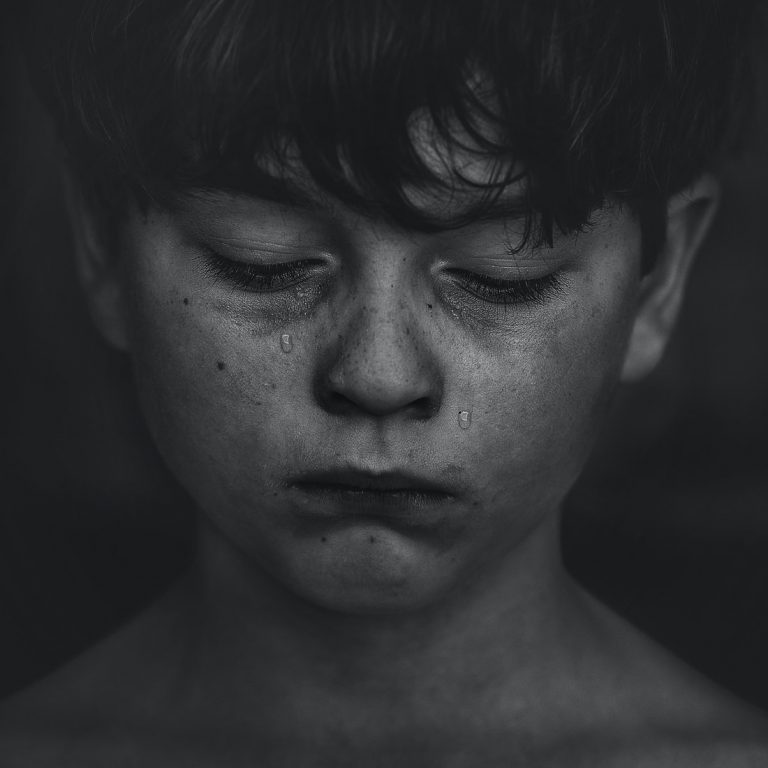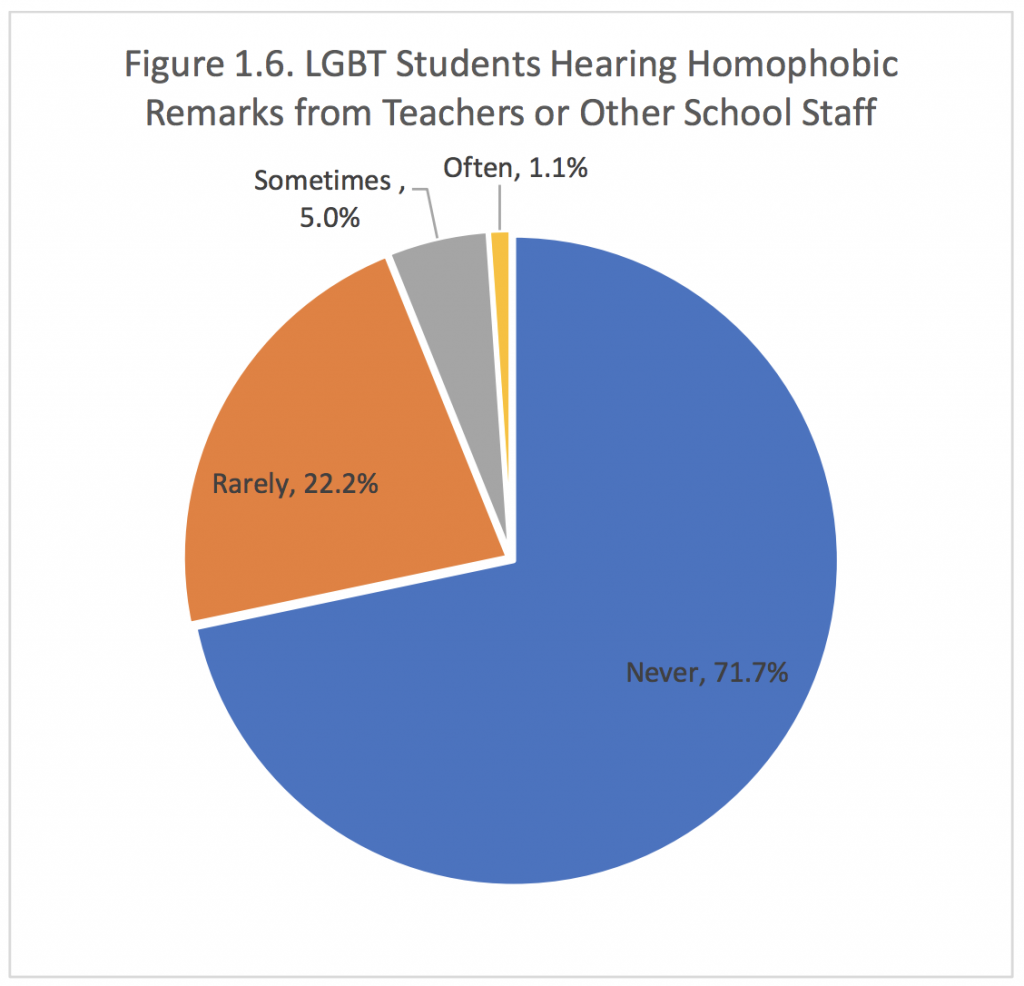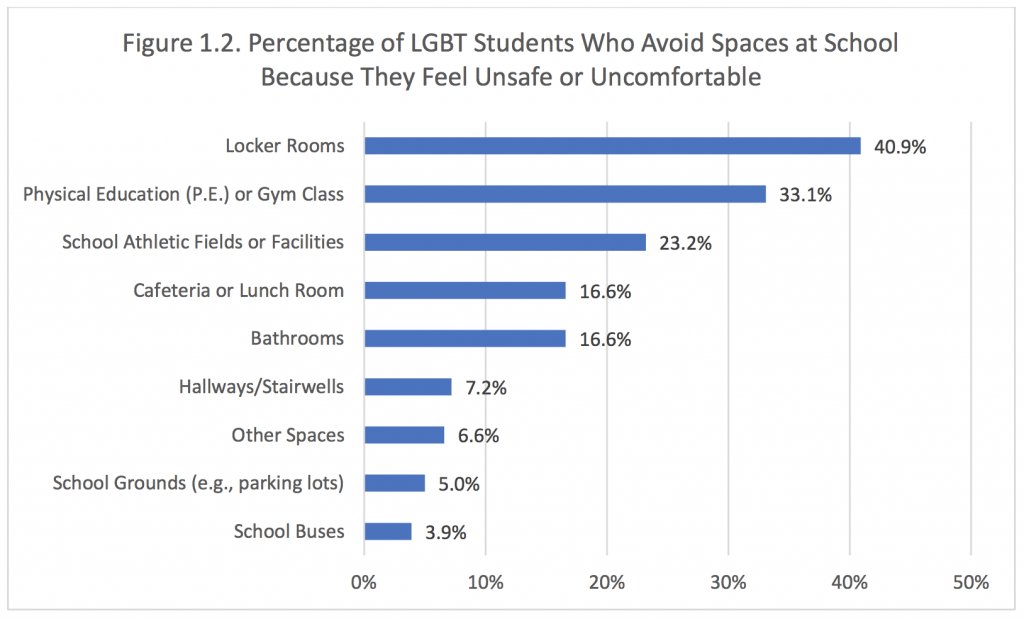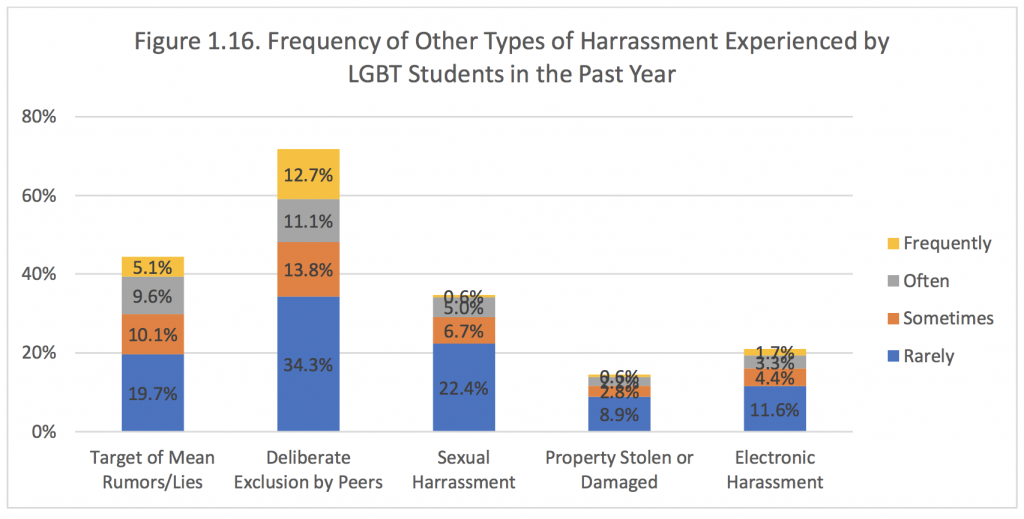Survey results show progress still needs to be made in schools for the next generation of LGBT+ Icelanders.
Although Iceland appears to be a progressive country that’s safe for the LGBT+ community to live in, it still has a lot of work to do before it can call itself a utopia of equality. A study recently conducted in collaboration between the national queer organisation Samtökin ‘78, Menntavísindasviði HÍ, and GLSEN revealed that the current generation of LGBT+ youth in Icelandic schools are still facing discrimination.
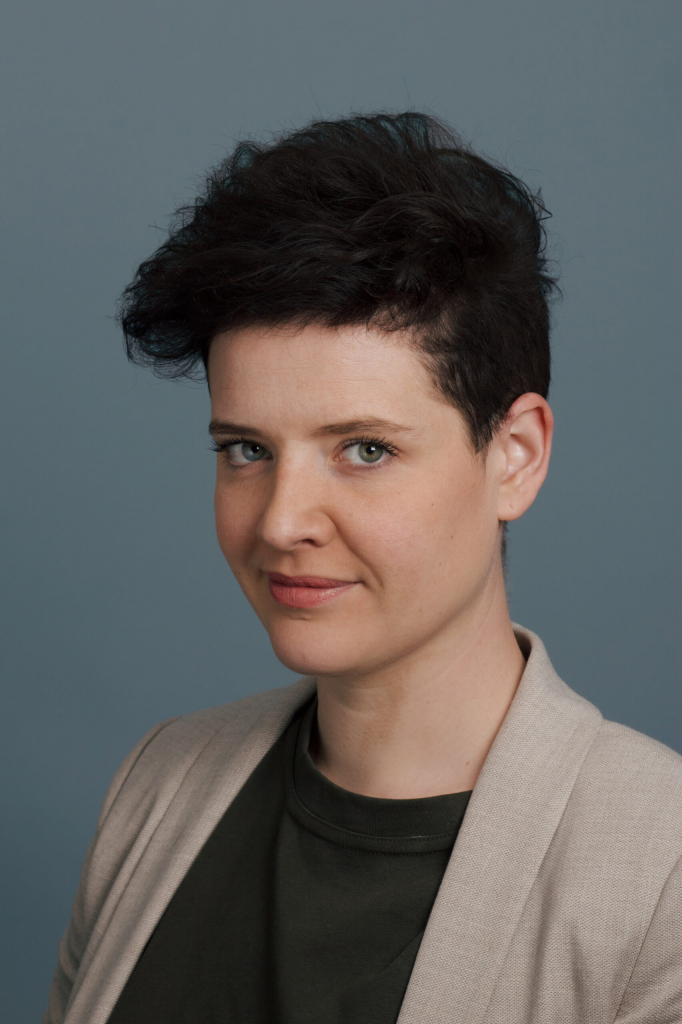
Founded by a group of teachers in 1990, GLSEN plays a key role in creating safe and affirming learning environments for LGBT+ youth in the U.S. They’ve started projects like Day of Silence and Ally Week which are aimed to work with educators and advise, advocate for, and research comprehensive policies that will protect at risk youth. They’re also doing noble work in fighting against discriminatory legislation in 15 different US states. Collaborating with Samtökin ‘78 and Icelandic schools, GLSEN conducted their study covering 181 students.
Tótla Sæmundsdóttir, Director of Education for Samtökin ‘78, works to go into these schools and improve awareness about Samtökin ‘78 as a resource for these students. “A lot of my job is speaking with kids and young adults about their experiences in the school system. Part of my work is also going to companies, into the health care system, and even the police department to consult and educate staff about LGBT+ issues,” says Tótla. Although she just started working for Samtökin ‘78 officially in January, she’s been a volunteer for years.
Conducted in 2017 and recently published, the in-depth study covers a host of red flags that Icelandic schools should be working to improve. Surveyed in mostly urban and suburban areas of Iceland, the results are a true insight into what life is like for LGBT+ youth. So, what were the main takeaways?
- One-third (⅓) of LGBT+ youth reported feeling unsafe at school in the past year because of their sexual orientation
- One-fifth (⅕) of LGBT+ youth reported feeling unsafe at school in the past year because of how they expressed their gender.
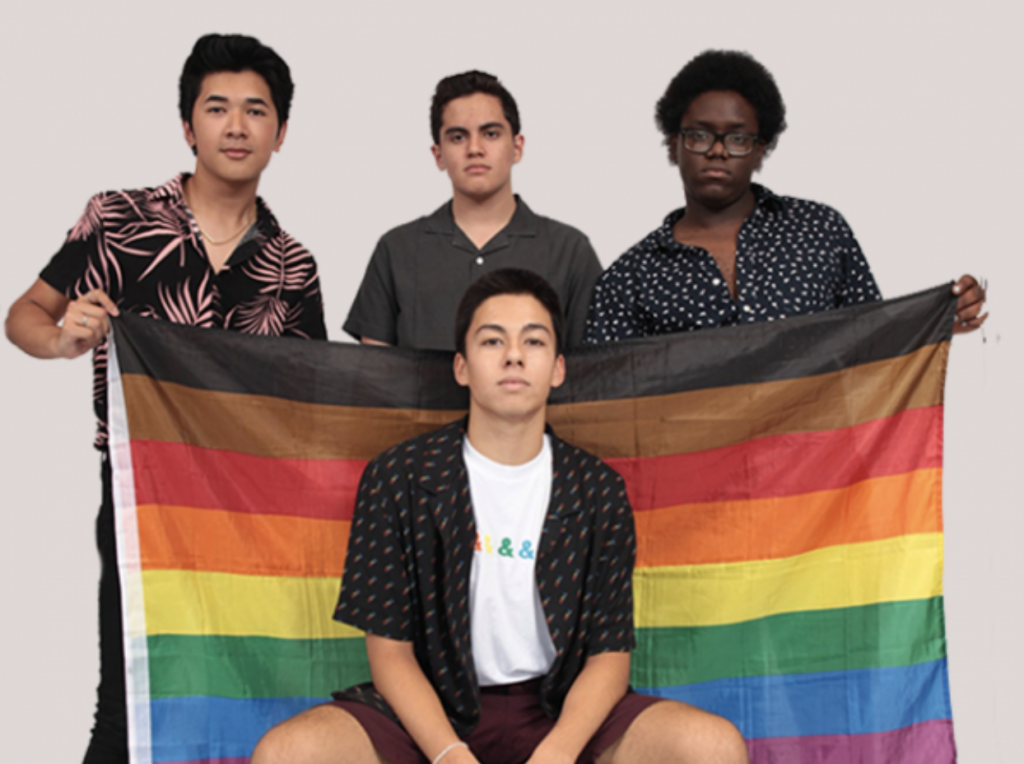
The majority of LGBT+ students report rampant use of homophobic remarks being used in their schools, which according to GLSEN “contributes to a hostile learning environment.” Half of students reported frequently hearing homophobic remarks from classmates. These include “hommi,” “faggi,” “hommalegur,” “lessa,” and “lessulegur,” but also simpler phrases like “that’s so gay.” The good news is among everyone surveyed, 93% said they never or very rarely heard staff and faculty use this language.
- One-third (⅓) of LGBT+ youth reported having faced verbal discrimination at school in the past year because of their sexual orientation
- One-fourth (¼) of LGBT+ youth reported having faced verbal discrimination at school in the past year because of how they expressed their gender
However, staff aren’t free and clear from being complicit. Nearly half (47%) of students reported that teachers did not intervene when they heard these remarks being made.
Tótla Sæmundsdóttir, Director of Education for Samtökin ‘78, says teachers can best help LGBT+ students by being educated themselves. “Educate them and educate their fellow students. Make being queer a normal part of life and show queer people and queer culture in a positive light. I also wish the staff would always interfere when they see bullying and witness homophobic slurs.”
The study also found that beyond verbal abuse or discrimination, some Icelandic students are still facing physical abuse and harassment. Similar to verbal, these actions were based on their sexual orientation, gender, or gender expression.
- 1 in 20 of the students surveyed reported having been pushed, shoved, punched, kicked, or injured with a weapon.
Even worse, a handful of students reported being physically abused for having a disability. Here we can see there’s great room for improvement, which can be difficult to achieve in part because this behavoir isn’t always happening in front of staff. For modern Icelandic teenagers harassment and abuse can come from within friend circles or online.
- 21% of students surveyed said they faced some type of cyber-bullying.
For a lot of the current generation, even going to school can be a challenge itself.
- 40% of students surveyed avoided spaces like locker rooms and P.E. class because they felt unsafe or uncomfortable.
Naturally it’s tougher for LGBT+ kids to feel safe and secure in their own bodies and around other children in the changing rooms. This fear also expands to other spaces in the school from avoiding lunch time to opting to skip school completely. Harassment and descrimination left unchecked like this can actually hinder the student’s ability to learn and decrease the time they spend in the classroom learning.
- Other shocking statistics from the study show that over one-third (⅓) of students experienced some form of sexual harasment, such as unwanted touching or sexual remarks, in school and about 6% experienced this often.
More so than cyber-bullying, rumor spreading, and property damage, the most common form of attack against LGBT+ students was simply exclusion. For the perpetrators, the easiest way is to isolate a student and make them feel alone. From extensive research we know that this factor can contribute the most to the mental wellbeing of queer youth.
Furthermore, families of these children aren’t doing their best to intervene. Although only about half of students surveyed said they told their parents or guardians about trouble at school, one in six students said their parents never addressed the issue with school staff. From this data we can tell that it takes action on all parties to improve the lives of these at-risk students. Often it takes courage and conviction to intervene but we can see the difference it would make.
The survey’s results also showed areas where Icelandic schools are excelling. Most students reported knowing of more than 10 faculty and staff members that were supportive of LGBT+ students and that resources for them were available and provided to them. The majority of exposure to positive examples of LGBT+ people, issues, history, and culture came through History class, Foriegn Language class, and Life Skills courses. Students that were taught about positive examples reported feeling more generally accepted by the student body, missing less classes, and a greater sense of belonging to their school community.
“I also wish the staff would always interfere when they see bullying and witness homophobic slurs.”
At the end of the day most Icelandic students are doing considerably better in Icelandic schools than generations past. Increased national acceptance of LGBT+ equality has improved wellbeing across the board. None the less, this study shows the fight for an equal, safe learning environment is not over. Parents, teachers, administrators can still influence the conversation in a positive way and improve the student experience. Reports like this and the work done by individuals like Tótla at Samtökin ‘78 are great steps forward. After all, it’s harder to diagnose and treat the problems without knowing what they are.
One way to get involved in helping initiatives like this is become a member or volunteer of Samtökin ‘78. In addition, parents of all students can be better allies by being more active in their children’s school life regardless of their sexuality or gender. Conversations during parent-teacher conferences and in Facebook groups for parents about the study and its findings can change perception. Although many parents might see issues of sex and sexuality as adult topics, the earlier youth are exposed to these problems and educated about how to solve them, the better.
For more information about Samtökin ‘78 and their work, click here.
For the summary of the report in Icelandic, click here.
For the full report in English, click here.

